Description
Tkinter Chatbot Application using NLP
Description:
The process starts with a user’s request using a Chatbot app or an app using text input The user request is recorded by a so-called Natural Language Parser and is translated into the programming language of the conversation engine. the conservation engine analyses the question and redirects it to the back-end The back-end is connected to one or several databases (DB) or information systems (IS), which give the request to the corresponding query. Tkinter Chatbot Application using NLP
Tkinter Chatbot Application using NLP
Objective:
- The main aim of this project is to design a chatbot that takes in input from the user and gives the relevant response in accordance with the user’s question.
- The main objective of the project entire activity is to automate the ticket booking process of day-to-day activities of the system Library like:
- 1. Ticket activities.
- 2. Creation of a Customer id.
- 3. Assign bus Tickets according to customer’s demand.
- 5. Bus Ticket Cancellation.
- 6. Feedback.
- 7. AI Chatbot
- Various NLP techniques are employed in order to accomplish this process. Tkinter Chatbot Application using NLP
Tkinter Chatbot Application using NLP
ABSTRACT:
Chatbots as new information, communication, and transaction channel enable businesses to reach their target audience through messenger apps like Facebook, WhatsApp, or WeChat. Compared to traditional chats, chatbots are not handled by human persons, but the software is leading through conversations. The latest chatbot developments in customer services and sales are remarkable. However, in the field of public transport, little research has been published on chatbots so far. With chatbots, passengers find out timetables, buy tickets, and have a personal, digital travel advisor providing real-time and context-relevant information about trips. Chatbots collect and provide different data about users and their journey in public transportation systems. They include travel, product, service, and content preferences, Tkinter Chatbot Application using NLP
usage patterns, and demographic and location-based data. Chatbots have many advantages for both companies and mobile users. They enable new user touchpoints, improve convenience, reduce service, sales, and support costs, one-to-one marketing, new data collections, and deep learning. Using chatbots, smartphone users can reach a company anytime and anywhere. The questioned users of an investigated prototype are remarkably open to new mobile services and they quickly adapt to this technology. Tkinter Chatbot Application using NLP
Tkinter Chatbot Application using NLP
INTRODUCTION:
The Bus ticket reservation system is currently maintaining Transport Company’s process manually which is a very time-consuming process. It deals with the transport industry’s ticket booking and transport maintenance, so it becomes a very tedious job for the ticket booking transporter to look after these particulars to complete the task at right time. Tkinter Chatbot Application using NLPThe bus ticket booking system not only deals with transporters’ owned vehicles but also takes into consideration the other types Like clarifying the doubts on the spot by AI Chatbot. The Rise of Chatbots The number and variety of chatbots strongly increased in the last couple of years. In April 2017, more than 100’000 chatbots are available on Facebook messenger only and the potential global annual revenue generated by chatbot transactions is estimated up to 32 billion US Dollars However, chatbots as a personal, interactive, and disruptive information, communication, and transaction channel not only generate high revenues, they also reduce costs: The potential annual salary savings created by chatbots is estimated to 12 billion US Dollars in insurance sale, 15 billion for financial services and sales representatives and 23 billion for common customer service personnel in the US. The uses of chatbots. The word “chatbot” consists of the terms “chat” and “robot”. Originally, the term chatbot was used for a computer program, which simulates human language with the aid of a text-based dialogue system. Chatbots contain a text input and output mask, which allows mobile users to communicate with the software behind them, giving them the feeling of chatting with a Real Person . Tkinter Chatbot Application using NLP
Tkinter Chatbot Application using NLP
EXISTING SYSTEM:
Currently, the type of system being used at the counter is an internal system that is manually used in selling bus tickets. The problems facing the company are that customers have to go to the counter to buy a bus ticket or ask for the bus schedule, customers will also have to queue up for a long time in order to secure a bus ticket and will also need to pay cash when they buy the bus ticket. Tkinter Chatbot Application using NLP
Disadvantages:
- Early QASs were developed for restricted domains and have limited capabilities.
- Current QASs focus on types of questions generally asked by users, but difficult to analyze the correct result.
- The time period to analyze is very difficult.
Tkinter Chatbot Application using NLP
PROPOSED SYSTEM :
It is recommended that despite the present functionality of the Question and answer software, additional functionality such as the use of Link sharing and notifications be implemented into the system. Moreover, less time-consuming. HTML language was used for the front-end of the software while the back end was designed using MySQL. The software achieved is capable of improving the customer hand and relationship management in chatbot operations. The main objective of the project entire activity is to automate the ticket booking process of day-to-day activities of the system Library like:
- Ticket activities.
- Creation of a Customer id.
- Assign a bus Ticket according to the customer’s demand.
- Bus Ticket Cancellation.
- Feedbacks.
- AI Chatbot
Advantages:
- This very simple approach shows the important role of semantic processing that has characterized Question Answering from its beginning, exploiting information other than facts available in database systems, and distinguishing it from information retrieval.
- QA systems cover a wide scope of different techniques, such as question-type ontology.
Tkinter Chatbot Application using NLP
SYSTEM ARCHITECTURE:
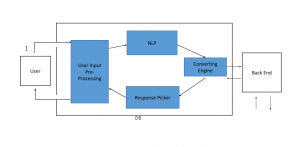
Tkinter Chatbot Application using NLP
HARDWARE AND SOFTWARE SPECIFICATION:
Hardware:
- Windows 7,8,10 64 bit
- RAM 4GB
Software :
- Data Set
- Python
- Python
Tkinter Chatbot Application using NLP
References:
- Atwell, E., Bayan, A.-S. (2015). ALICE Chatbot: Trials & Outputs. In: vol. 19.
- Braun, A. (2003). Chatbots in der Kundenkommunikation. Berlin: Axel Springer Verlag.
- Business Insider (2017a). Here’s how chatbot metrics differ from traditional apps, BI Intelligence,
- Available: www.businessinsider.com/heres-how-chatbot-metrics-differ-from-traditional-apps-2016- 10, accessed 24th of June 2017.
- Business Insider (2017b). Facebook has opened up analytics and developer tools for Messenger bots, BI
- Intelligence Available: http://www.businessinsider.com/facebook-opens-analytics-developer-tools
- for-messenger-bots-2016-11, accessed 24th of June 2017.
- Christensson, P. (2009), Avatar, Available: http://techterms.com/definition/avatar, accessed 24th of June 2017
- Coniam, D. (2008). Evaluating the language resources of chatbots for their potential in English as a
- second language. In: ReCall (20), pp. 98-116.
- Di Pietro, G., Gallo, L., Howlett, R., & Jain, L. (2016). Smart Innovation, Systems and Technologies.
- Switzerland: Springer International Publishing Switzerland.
- Dempt, F. (2016). Futuregram. Available: http://futuregram.trendone.com/index.html#einstieg, accessed
- 24th of June 2017
- Gill, A., & Oberlander, J. (2002). Taking Care of the Linguistic Features of Extraversion, Available:
- http://hfac.gmu.edu/-cogscilfinaLind_files/gilLOberlander.pdf Accessed 24th of June 2017
- Hill, J., Ford, W., & Farreras, I. (2015). Real conversations with artificial intelligence: A comparison
- between human-human online conversations and human–chatbot conversations. In: Computers in
- Human Behavior (49), pp. 245-250.
- Jia, J. (2009). CSIEC: A computer-assisted English learning chatbot based on textual knowledge and
- reasoning. In: Knowledge-Based Systems, pp. 249-255.
- Laurel, B. (1997). Interface Agents: Metaphors with Character. Software Agents, pp. 67-77.
- McNeal, M., & Newyear, D. (2013). Chatbot Creation Options. Library Technology Reports (49).
- Mena, J. (2012). Machine-to-Machine Marketing (M3) via Anonymous Advertising Apps Anywhere
- Anytime (A5), Auerbach Publications, New York.
- Reeves, B., & Nass, C. (1996). The media equation: how people treat computers, television and new
- media like real people and places. Cambridge University Press, New York.
- Statista (2017a). Statista, VentureBeat, 11/2016. The number of chatbots for the Facebook Messanger.
- Available under: https://de.statista.com/statistik/daten/studie/662144/umfrage/anzahl-der
- verfuegbaren-chatbots-fuer-den-facebook-messenger/, accessed 24th of June 2017.
- Statista (2017b). Statista, Bitkom, 11/2016. For which fields would you use chatbots? Available under:
- https://de.statista.com/statistik/daten/studie/660267/umfrage/umfrage-zu-einsatzmoeglichkeiten-von
- chatbots-in-Deutschland, accessed 24th of June 2017.
- Trendone (2016). Futuregram. Available: http://futuregram.trendone.com, accessed 24th of June 2017.
- Van Lun, E. (2016). Chatbots. Available: https://www.chatbots.org/chatbot/, accessed 24th of June 2017.
- Wang, Y., & Petrina, S. (2013). Using Learning Analytics to Understand the Design of an Intelligent
- Language Tutor. In: International Journal of Advanced Computer Science & Applications (11),
- 124-131.

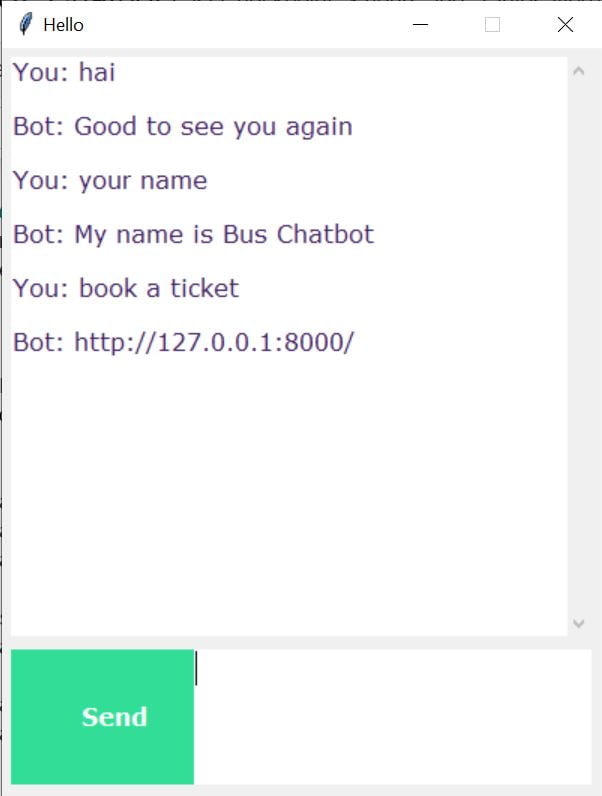
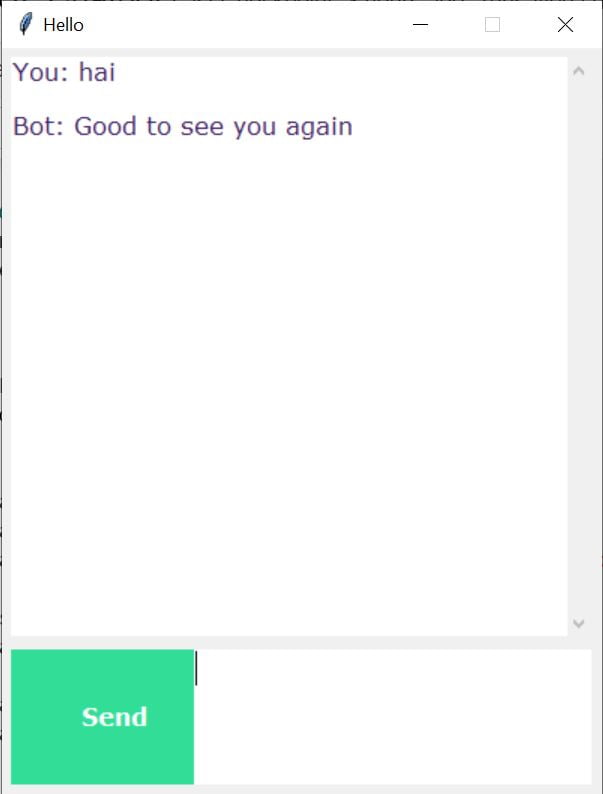
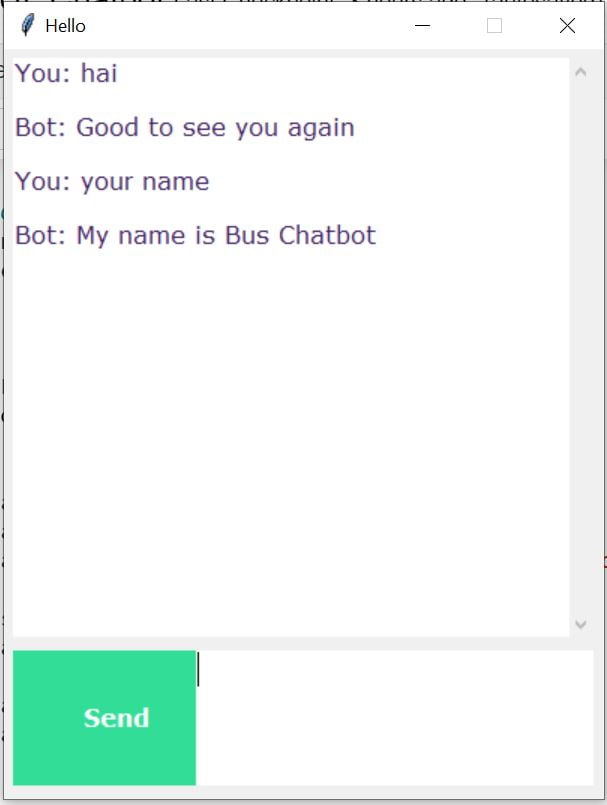

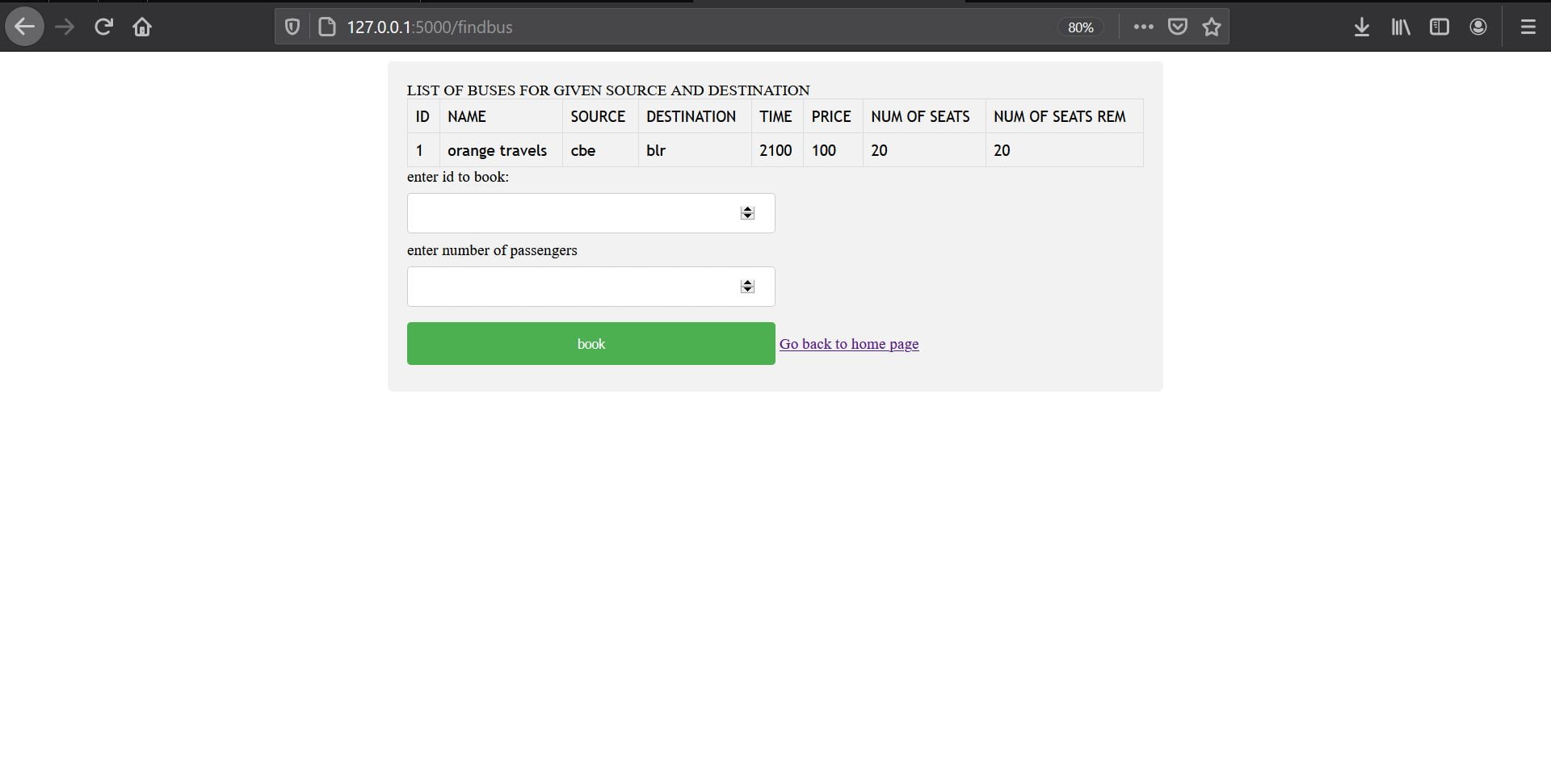
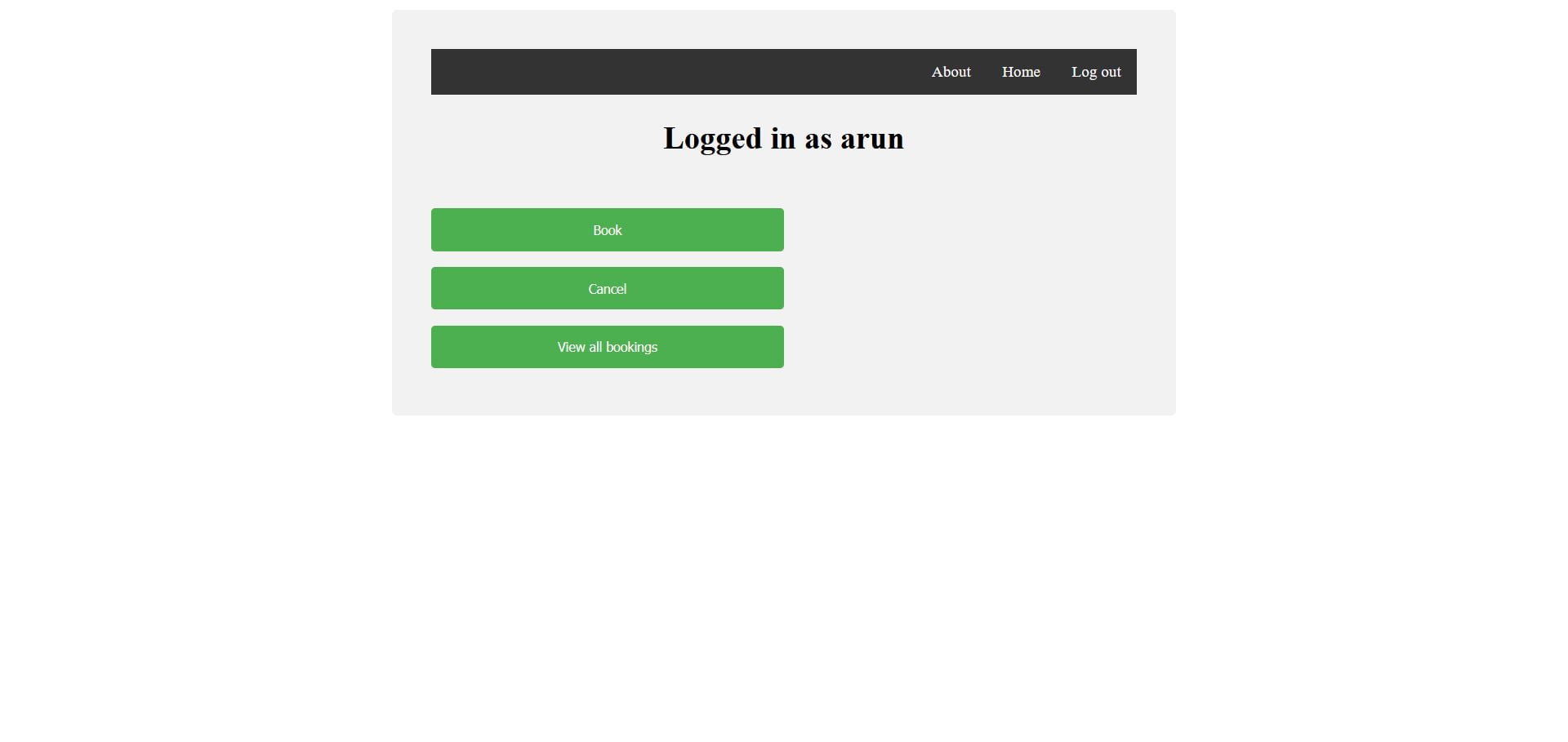

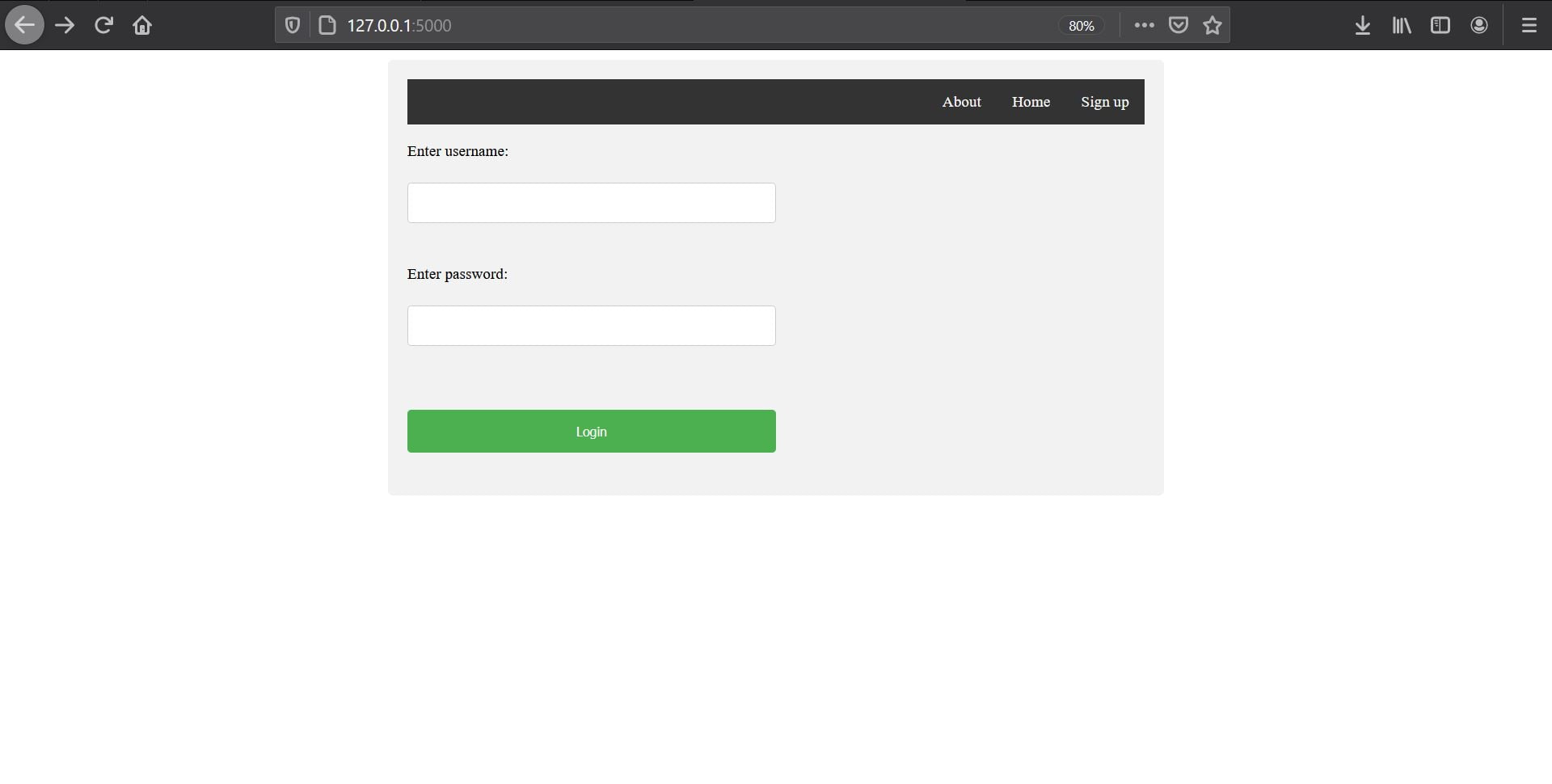
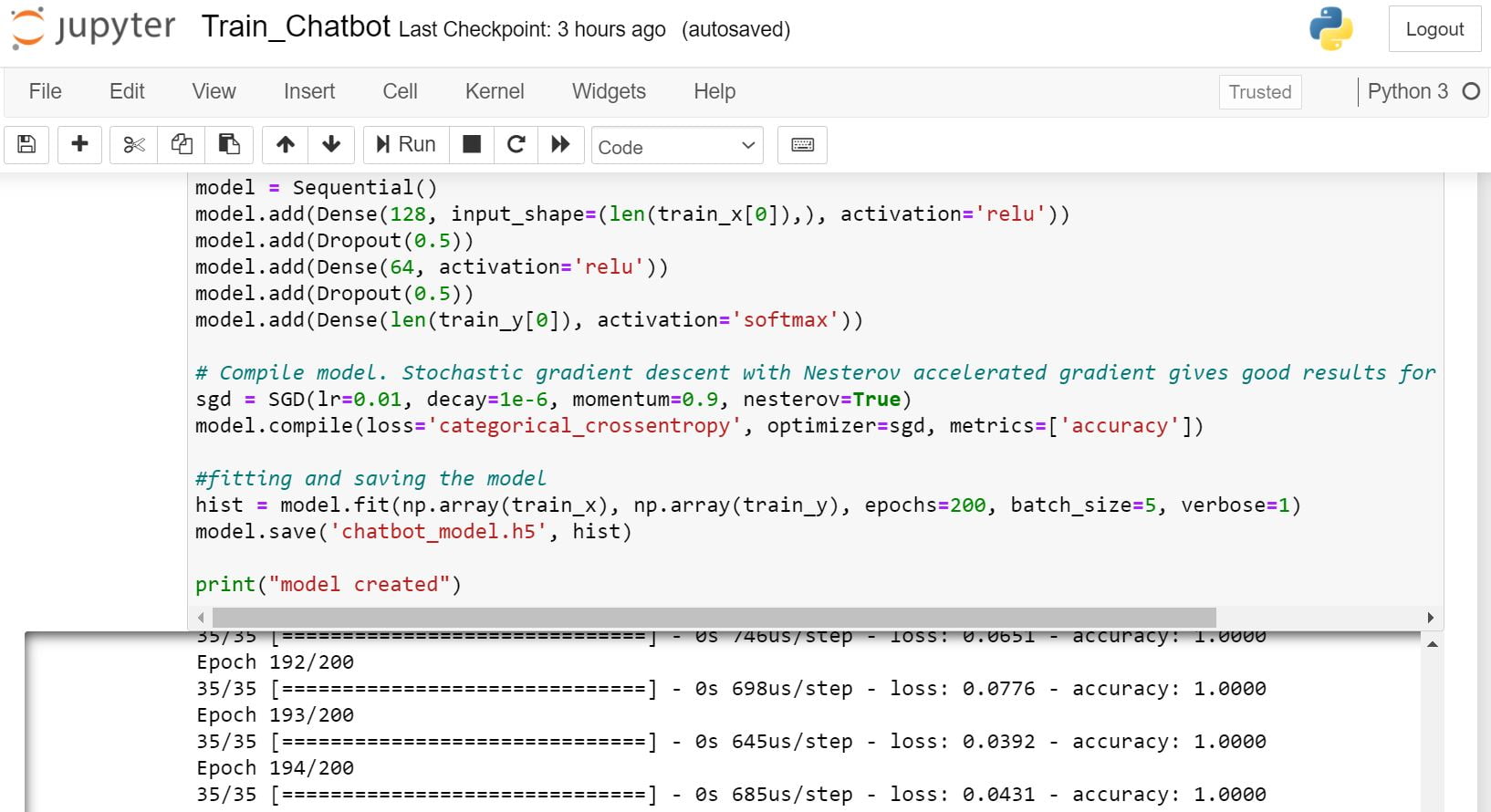
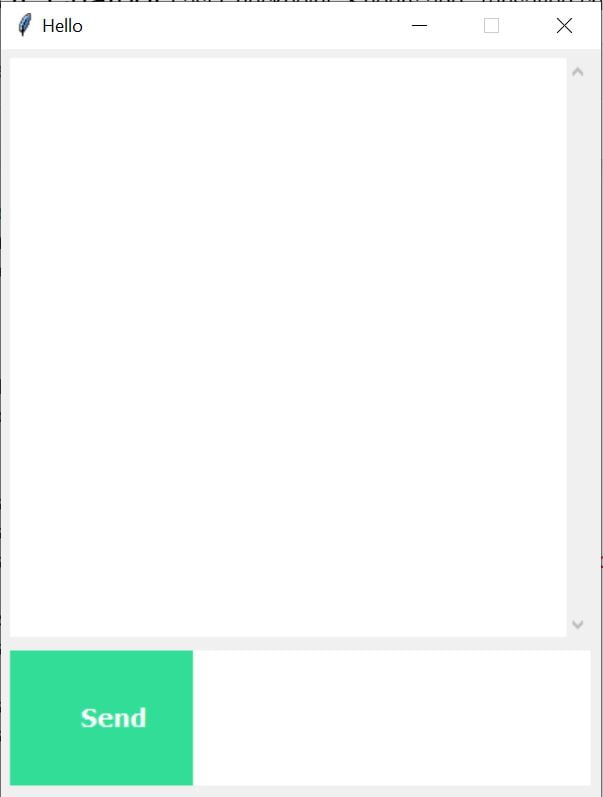

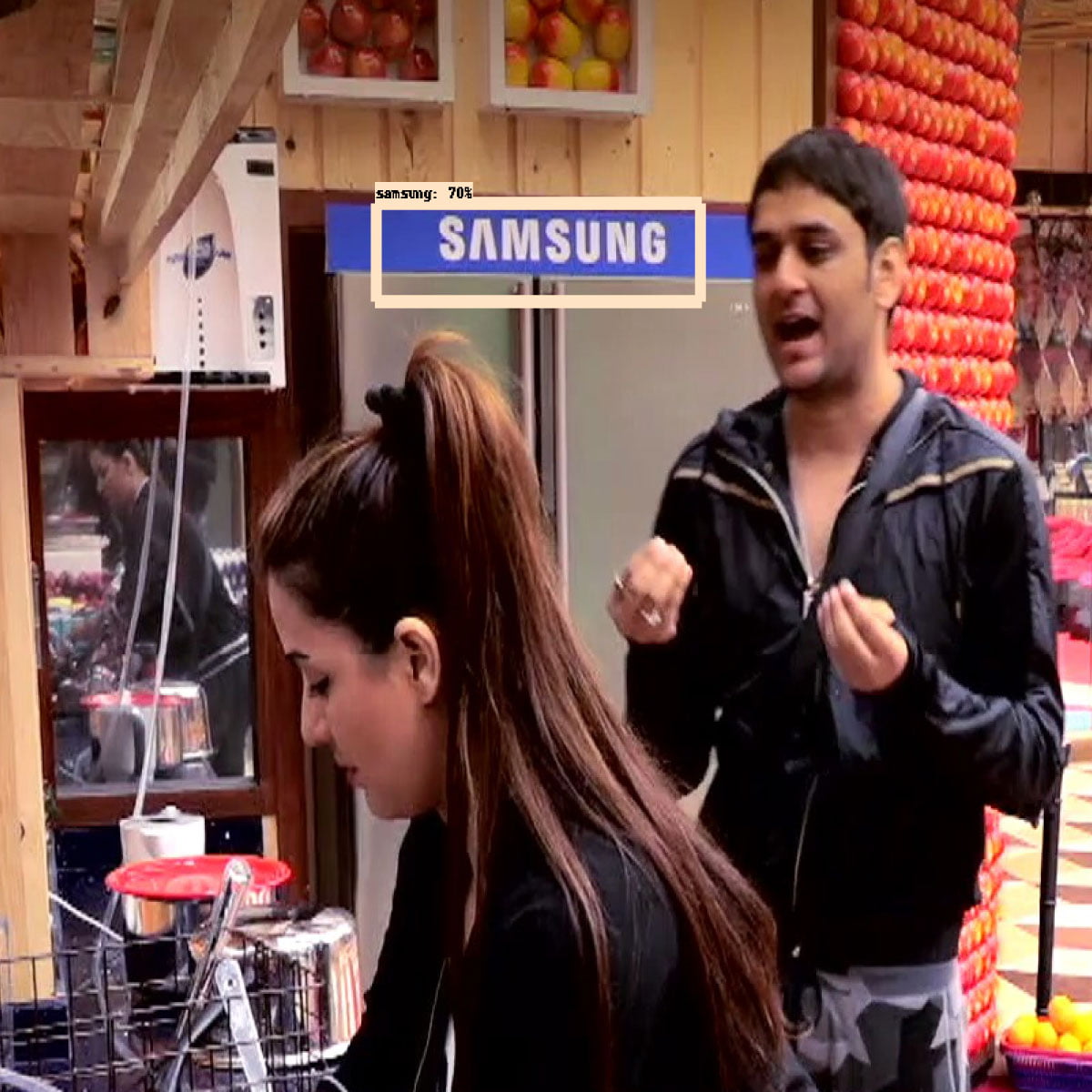

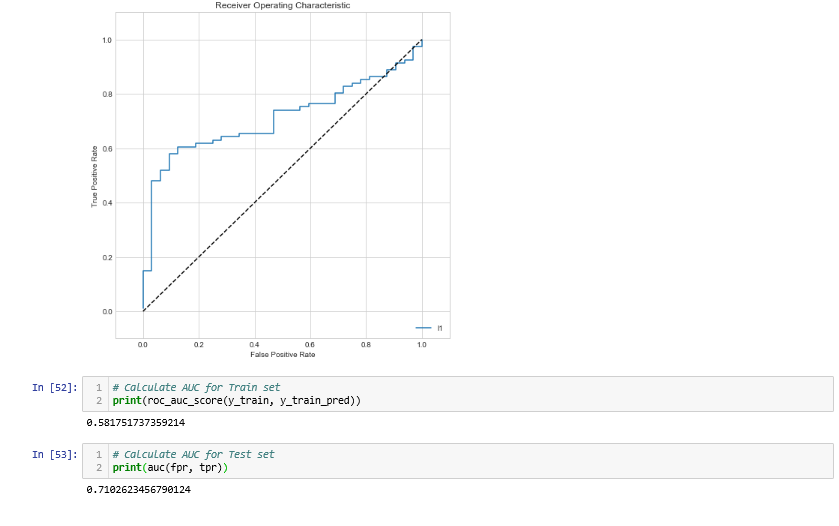





























































































































































































































































































































































































































































































































































































































































































































































































































































































































































































































































Customer Reviews
There are no reviews yet.